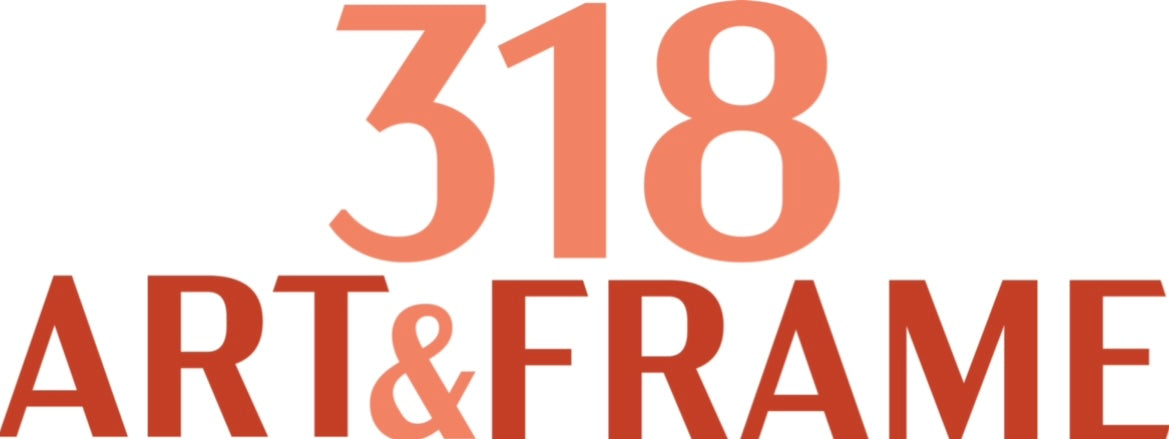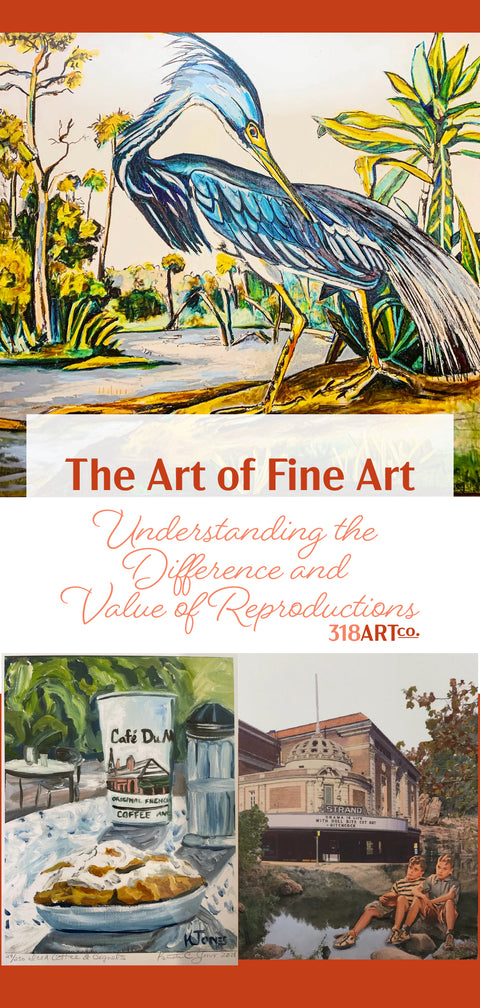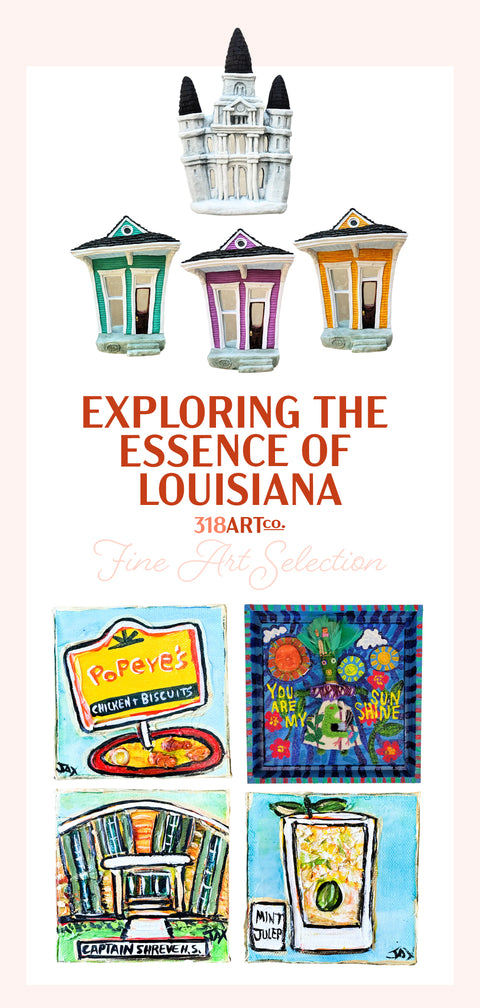Art has the remarkable power to captivate our emotions, tell stories, and transport us to different worlds. The world of fine art, in particular, is a testament to the creativity and talent of artists who bring their visions to life. However, not all art is created equal, and it's essential to distinguish between fine art and reproductions, as both have their unique value in the art world and as meaningful pieces in your home.

The Art of Fine Art: Unique and Original
Fine art refers to original pieces created by artists. These are unique, one-of-a-kind creations that carry the artist's personal touch, creativity, and spirit. Every brushstroke, color choice, and texture is a reflection of the artist's vision and skill.
Fine art is more than just a visual experience; it's a connection to the artist's emotions and experiences, allowing viewers to explore the world through the artist's perspective. Owning a piece of fine art is like possessing a part of the artist's soul, a treasure that tells a personal and unique story.
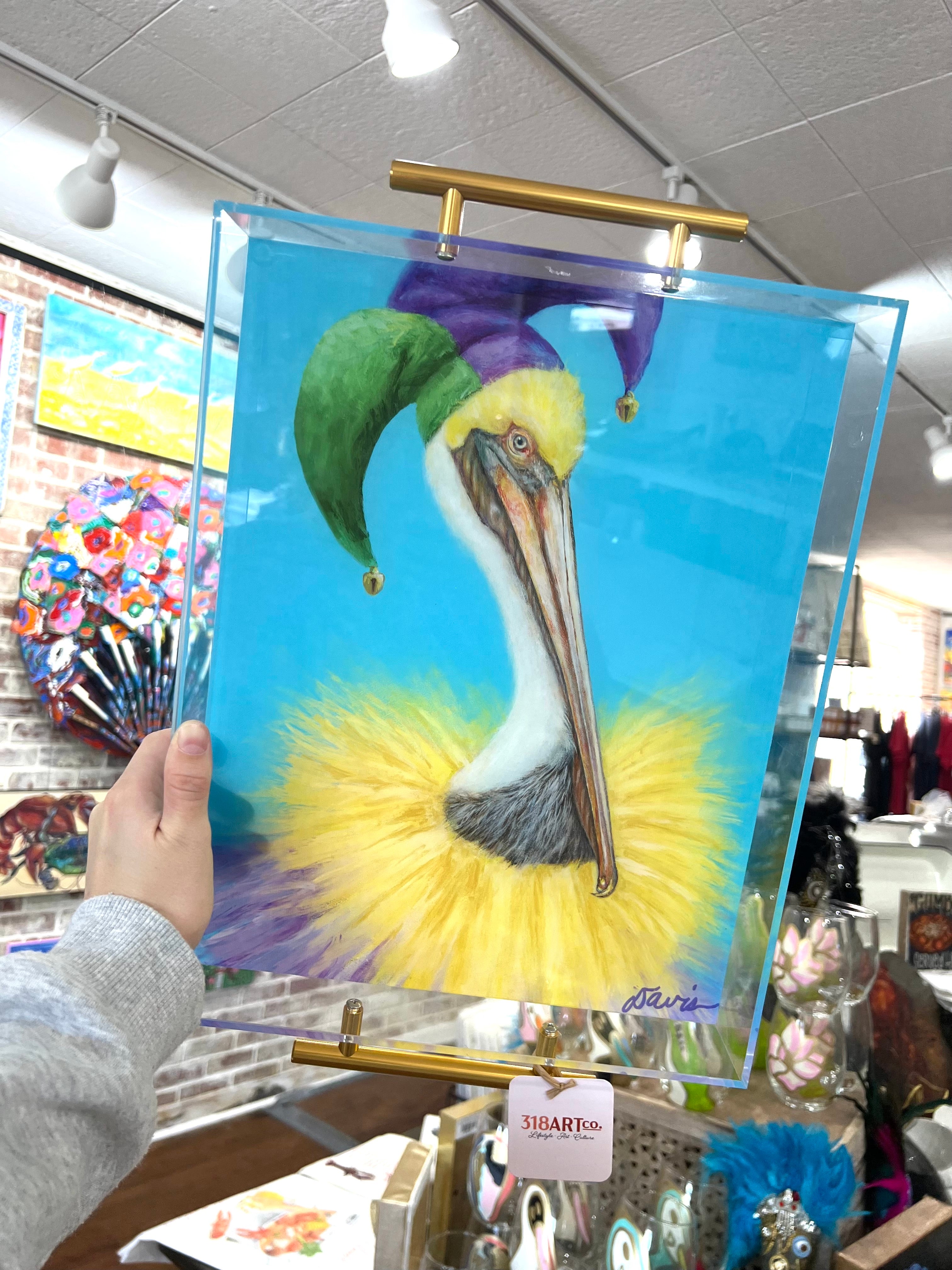
The Magic of Reproductions: Investment and Thoughtful Gifts
Reproductions, on the other hand, are copies of fine art, often produced through various printing methods. While they may not be original works of art, reproductions are far from mere replicas. They offer a unique way to connect with and appreciate the world of fine art.
Investment Value: Reproductions are more than just pretty pictures on your wall. They can be investments in the art world. Many renowned artists' original works are prohibitively expensive, making it difficult for most to own them. Reproductions, on the other hand, allow collectors and art enthusiasts to enjoy the beauty and essence of an artist's work at a fraction of the cost. Over time, these reproductions can gain value, making them a smart investment in the art market.
Thoughtful Gifts: Reproductions also make thoughtful and meaningful gifts. Whether it's a beloved classic or a contemporary masterpiece, giving a friend or loved one a reproduction of a famous artwork is a gesture that shows appreciation for their tastes and interests. It's a way to bring the beauty of art into their lives, even if the original piece is a world away.

The Meaningful Place of Reproductions in Your Home
While fine art holds a special place in the art world, reproductions are equally meaningful when it comes to decorating your home. Here's why they matter:
Affordability: Original fine art can be quite expensive, and not everyone can afford to invest in it. Reproductions offer an affordable way to bring art into your home, allowing you to enjoy the aesthetics and emotions that art provides.
Personal Connection: A reproduction of a famous artwork can create a personal connection to an artist, time period, or movement. It allows you to incorporate your favorite artists or art styles into your home decor, reflecting your tastes and passions.
Conversation Starters: Reproductions can be excellent conversation starters. They invite guests to engage with your artwork, learn about the artist and their work, and share their own interpretations and feelings. They can also serve as a way to educate others about art and culture.
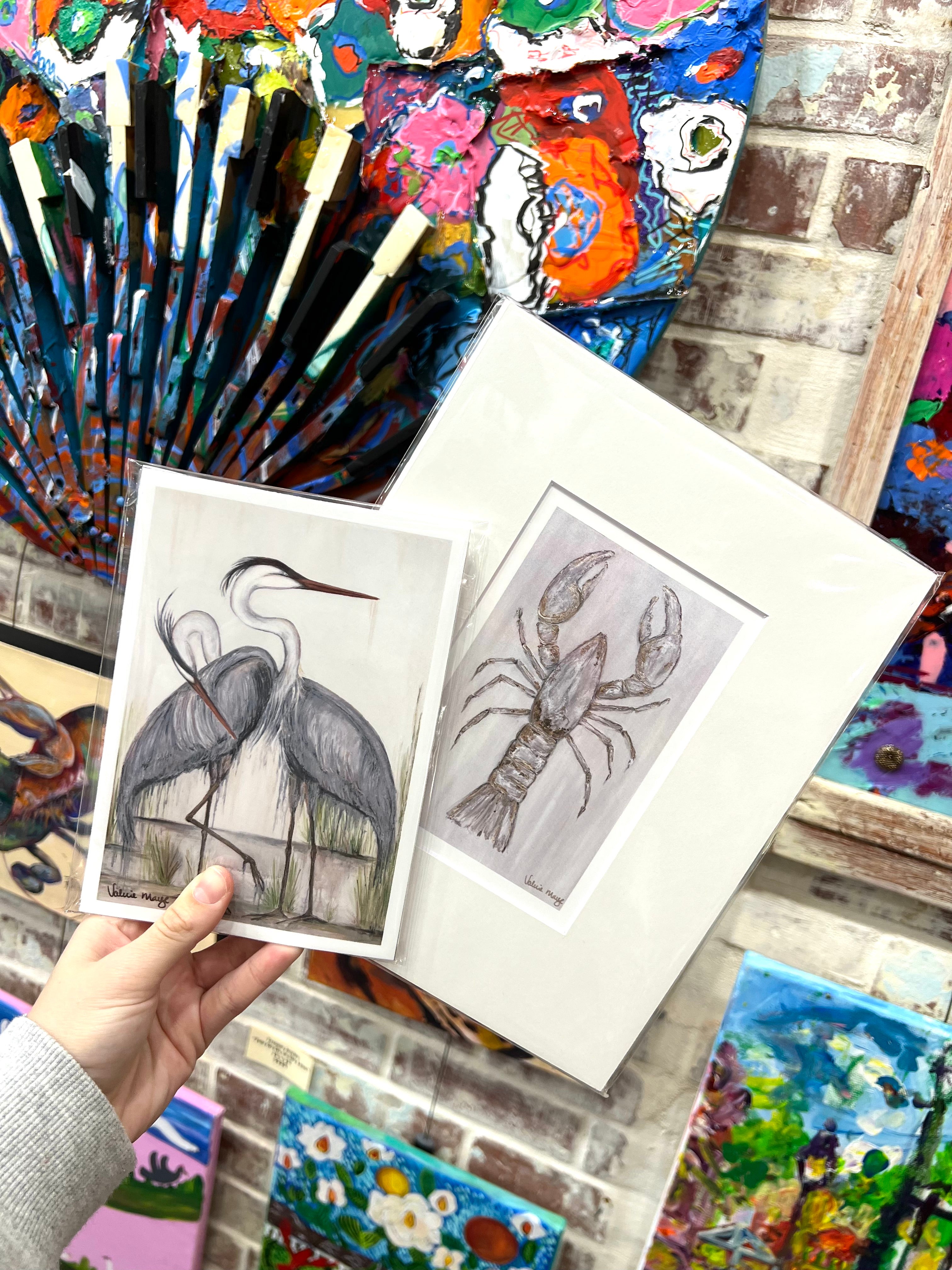
In conclusion, while fine art and reproductions may seem worlds apart, they both have their unique value in the art world and in your home. Fine art offers the intimacy of the artist's original work, while reproductions provide accessibility, affordability, and investment potential. They also make thoughtful and meaningful gifts that allow you to share the beauty and depth of art with your friends and loved ones. Whether it's an original masterpiece or a high-quality reproduction, art enriches our lives, stimulates our senses, and adds depth to our personal spaces.
Shop our collection of Art, here:
https://www.318artco.com/collections/wall-decor


